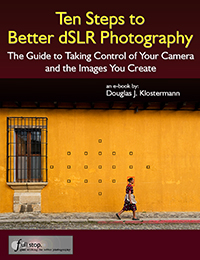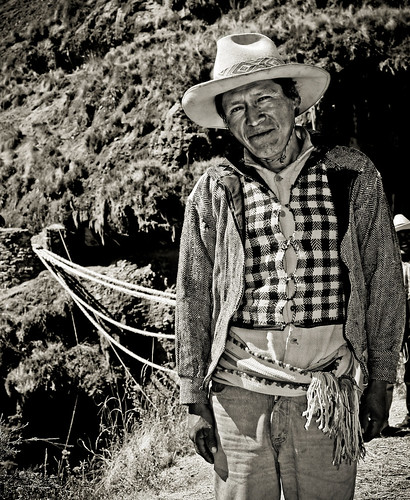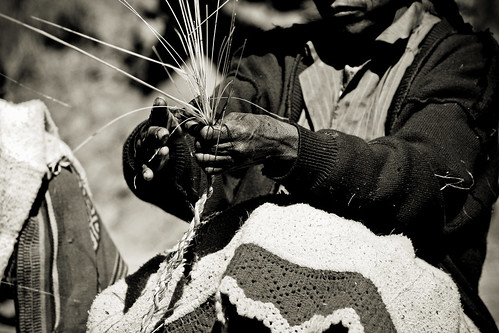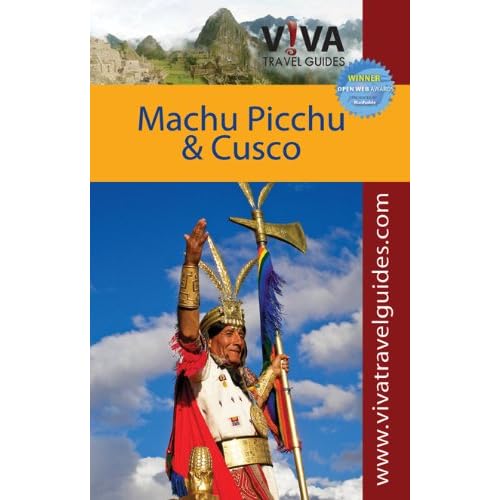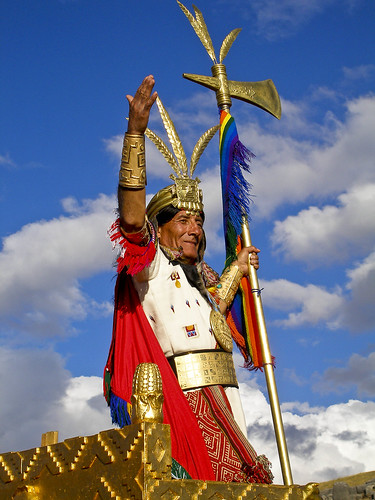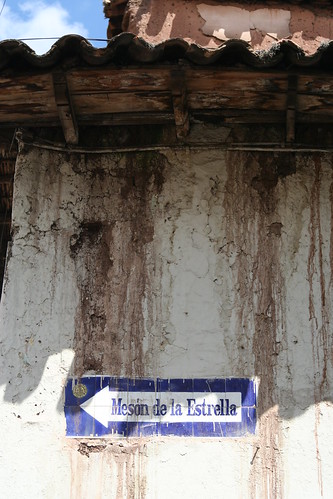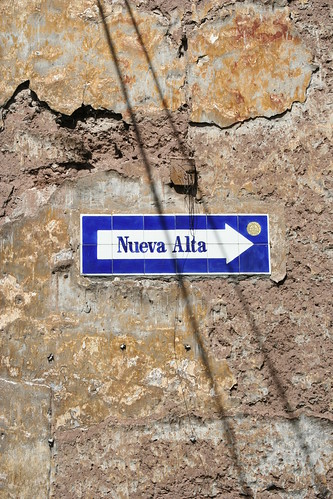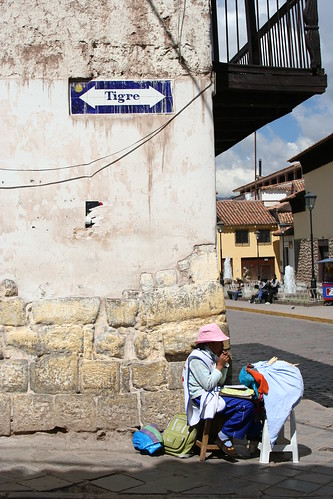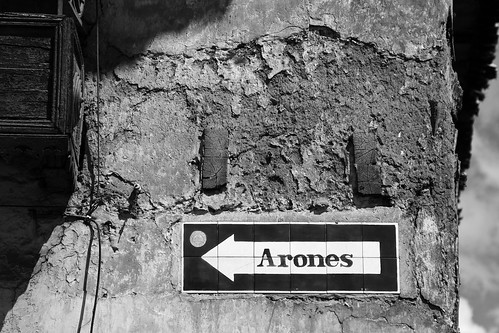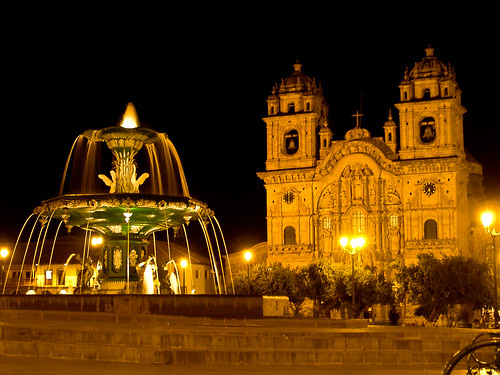
Cusco’s Plaza de Armas at night – all photos by the author – www.dojoklo.com
Every visitor to Cusco is likely to tour the Cathedral and a couple major museums, relax in the Plaza de Armas, and marvel at the exotic offerings in the San Pedro food market. However there are additional essential sites and experiences that you may not find in your guidebook or that your tour guide might not take you to, which you don’t want to miss. Most of these lie along or mere steps off the tourist trail, and with a little planning and effort can be fit into any itinerary.
EATING
All the guide books lists the popular restaurants in Cusco, and there are many worth eating at including Pachapapa for its distinct Peruvian dishes with international flair or the MAP Cafe for its creative Andean cuisine in a unique museum setting. But the real local food is found with the local shops and vendors.
1. Picarones – An incredibly tasty snack that is a favorite among locals are Picarones, deep-fried pumpkin or squash donuts. Although delicious by themselves, they are irresistible when covered with the syrup or molasses they are always paired with. Shops and vendors selling picarones can be found throughout Cusco, so ask your hotel desk clerk for their favorite nearby spot. Be sure to bring your own handi-wipes along because after eating a couple your fingers will be hopelessly sticky, and the damp cloths they provide are already too well used to work very well!

Deep-fried and delicious Picarones
2. Tamales – As with picarones, the best tamales are found at the local shops and vendors. As you walk around the city keep your ears open to the cry of “Tamales, Tamales!” and look for a woman with a large basket in her arms or at her feet. There was one very popular vendor often under the colonnade at the north corner of the main Palza near Gatos market, though I don’t know if she is still there. Be sure to try the “dulces” or sweet ones as well as the “pollo” variety that holds a tiny bit of chicken and an olive in the center.
3. Cafe Restaurant Aldea Yanapay – Although there are many good restaurants to choose from in town, only a couple help to support social programs such as disadvantage children or orphan girls. And only one is decorated like the inside of a dreaming child’s head! This wonderful café-restaurant is run by the founder of Aldea Yanapay, a volunteer organization with various programs for the underprivileged children of Cusco, and all proceeds from the café benefit these programs. Sit on pillows, play games, hold a stuffed animal, wear a silly hat, take in a playful performance, or just sit at a table and enjoy the delicious French toast, lunch and dinner entrees, or the best giant hot chocolate in town. Ruinas 415, second floor
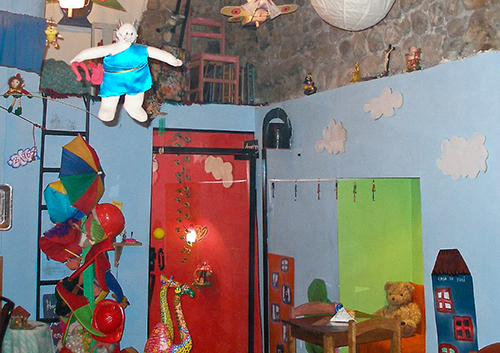
Interior of Cafe Yanapay
Another restaurant associated with a non-profit is the Panaderia El Buen Pastor bakery and coffeeshop. Enjoy a morning coffee while watching the racks emerge from the ovens with delicious pastries, sweets, and empanadas. You will have to keep coming back each morning in order to try all the appetizing looking offerings. Proceeds from this cafe benefit a home for orphan girls. Cuesta San Blas 579 – San Blas
4. Brick Oven Pizza – While you’ve probably had great brick oven pizza, you’ve likely never watched it being made with such flair, while listening to reggae, and being warmed by the brick oven on a chilly Cusco evening. Toss on a couple spoonfuls of the spicy aji sauce, and you won’t be able to understand how you ever ate pizza without it. Maruri near San Agustin
CULTURE
After being fortified with Cusco’s great food, venture off to explore its cultural offerings. Of course there are the Cathedral and Compañia facing the Plaza, the Inca walls and Coricancha Temple of the Sun, and the art and history museums. But there are lesser known and equally as fascinating museums.
5. Andean Children’s Art Museum – Museo de Arte de Ninos Andinos, Irq’i Yachay – This unique museum displays the artwork of Quechua children from remote Andean communities. A non-profit organization traveled to these communities to introduce the children to art and materials they had never had the opportunity to use, and the children responded with incredible creations portraying their lives, myths, dreams, and themselves. An introductory short movie of the project and a free guided tour are provided in Spanish, and donations are encouraged. Calle Teatro 344
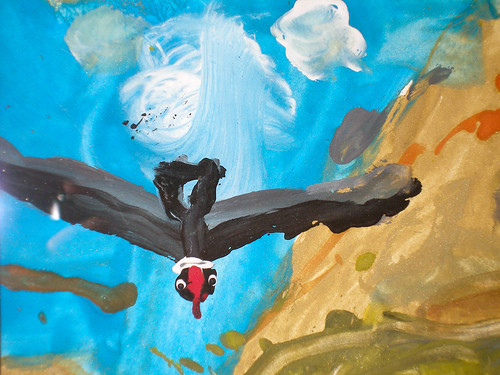
Detail of a child’s painting in the Andean Children’s Art Museum
A similarly interesting local museum is the Taki Andean Music Museum, which not only exhibits Andean and Amazonian musical instruments, but is also a cultural center that organizes musical and cultural events, gatherings, workshops, sessions, lectures, concerts, teaches children to play, as well as promotes and supports traditional music groups. Calle Hatunrumiyoc 487 #5
SHOPPING
Of course you are going to want to bring home souvenirs to remember your experiences and unique gifts for your friends and family. Instead of grabbing the mass produced trinkets sold by every vendor and every shop, why not seek out quality handicrafts that better represents the local culture while also directly supporting local artisans and their cultural traditions.
6. Center for Traditional Textiles – A non-profit organization founded this center to preserve and continue traditional weaving, and to teach and support this work in numerous communities around Cusco. There is a very nice museum of the history and traditions of Andean textiles, and always a live weaving demonstration in the store. The beautiful items are more pricey than the tourist versions at stores and markets, but are truly hand crafted and naturally dyed. Avenida el Sol 603
7. Museo Taller Hilario Mendivil – This museum, workshop, and shop of the notable local artisan Mendivil family is famous for the unique long-necked religious figures, dressed with indigenous influences. The space also contains a small museum of historic pieces, and the proprietress may give you a tour (in Spanish). Numerous beautiful works of of both the “long-neck” style as well as several other styles are available for purchase. Plazoleta San Blas (along the right side as you stand in the plaza and face the fountain)

My Sargento figure from the Mendivil Workshop
8. Local Food Markets – Venture beyond the covered San Pedro market to the open street markets and local covered food markets in the areas behind the main market. Ask the vendors about exotic fruits or animal parts that you can’t quite identify, and try some such as the delicious cherimoya (or custard apple) and the maracuya (or passion fruit). In all markets, be aware for pick-pockets and be very careful with all belongings – carry your bags in front and go with empty pockets.
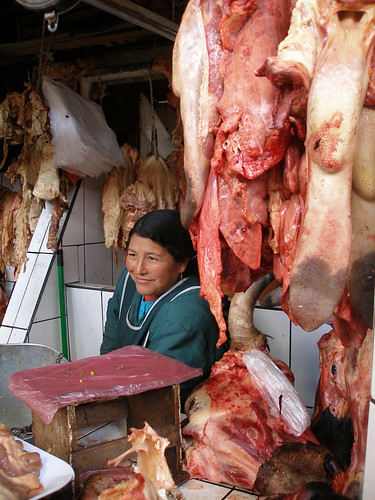
Various tasty cow parts at a Cusco market
EXPERIENCES
Travel isn’t just about seeing sights and eating food. Some of your strongest and fondest memories may come from the unique experiences you can only undertake in a foreign place. Strolling through a local market, looking behind the scenes to gain more insight into daily life, and interacting with vendors and shopkeepers can all provide these types of experiences. There are other opportunities to take advantage of in Cusco:
9. Volunteering – It sometimes seems that Cusco may have more NGO’s per capita than any other other city, particularly any tourist-oriented city. But this is due to real needs brought about by the inequities and social conditions that are common to many areas of Peru. Find an NGO (non-profit organization) that serves a need which interests you. This might include orphans, underprivileged children, single mothers, the environment, disabled children, cultural heritage, or countless other areas and needs. The South American Explorer’s Club has extensive resources on local volunteer opportunities, and there is also a helpful list of organizations here: http://www.volunteersouthamerica.net/
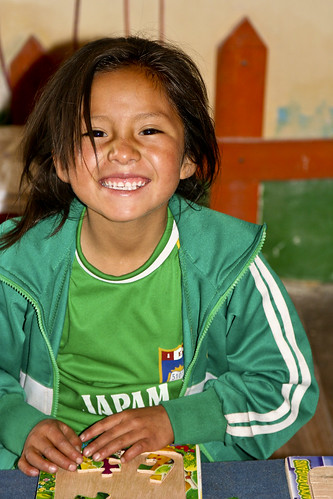
A student at Aldea Yanapay
I have volunteered for several weeks at Aldea Yanapay, mentioned in the Eating section above. They run an after-school program and cultural center for the disadvantaged children of Cusco, as well as other projects. You can take Spanish classes at FairPlay which in itself is an NGO that helps single mothers, and who will also assist you with volunteer placement.
10. Inti Raymi…Up Close – While many visitors to Cusco in June have the opportunity to experience the Inti Raymi Inca sun festival, those who make an extra effort can see more of the events from close-up. The festival starts at Coricancha, the original Inca temple of the sun. Arrive several hours early and you can grab a front-row spot near where the Inca King – Sapa Inca – greets the morning sun. Locate your self at the top of the hill near the curving Inca wall that now forms the base of the Santo Domingo church, so that you can view the Sapa Inca atop that location and the royal court as they stand among the terraces. Immediately after the ceremony, run just up the street to near the entrance of the church, where the procession will emerge, so that you have an up-close view of the Inca, his court, and the entire procession as they start to make their way to the Plaza de Armas. Be sure to orient yourself so that you are in the best position for photos, where the light hits the subjects and you are not facing into the sun if possible.
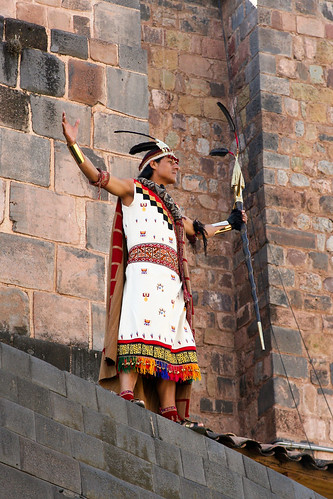
The Sapa Inca greeting the sun at Coricancha
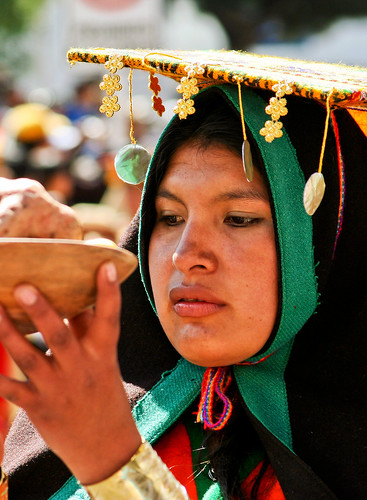
A Ñusta (Inca Princess) in the procession leaving Coricancha
I have put together a list of some of my favorite additional places to visit in Cusco, including restaurants, shops, and practical resources such as banks. You can view this list of Cusco Places to Visit here: http://www.dojoklo.com/writing/cuscoplacestovisit.pdf Be sure to do your research and plan your visit to Cusco so that you can fully take advantage of all that it offers.
Want to learn how to take better travel photos on your trip to Peru, such as the ones highlighted in my Peru and Dance photo galleries shown here? Have a look at my blog posts about Photography Technique or my latest e-book Ten Steps to Better dSLR Photography:


